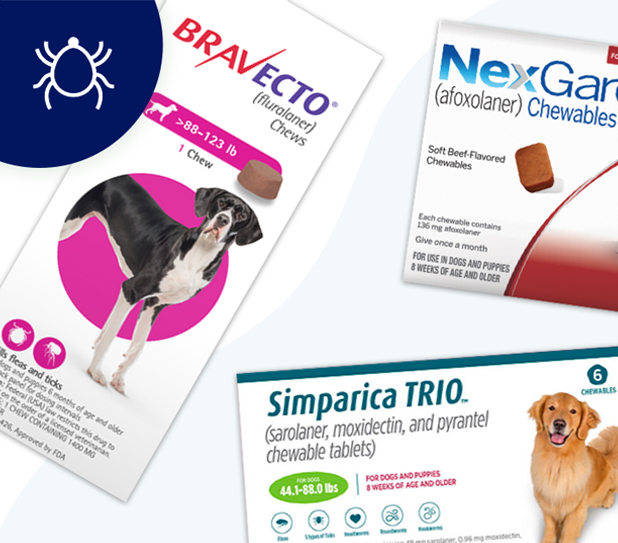
February is National Pet Dental Health Month! Dental health can sometimes be overlooked by pet owners, but not taking care of your pet’s teeth can lead to serious health problems- and prevention all starts at home!
Cats are also affected by a range of dental and oral health issues, and on average, they tend to be seen less frequently by veterinarians for these issues than their canine counterparts. Cats can suffer from fractured teeth, tooth root abscesses and periodontal disease but they are also affected by a few other severe dental disease processes that are painful in nature and create chronic inflammation with or without infection.
Feline stomatitis is severe inflammation in the mouth that starts at the base of the teeth and spreads causing widespread ulcerations throughout the mouth and sometimes the tongue. Despite it being a severe disease, sometimes owners don’t notice any symptoms and the condition is often caught during a vet exam. When there are overt symptoms, they can include, drooling, difficulty eating, bad breath, weight loss. Treatment involves extraction of the affected teeth and medication to follow up to relieve the inflammation.
Cats also develop cavities called FORLs (feline odontoclastic resorptive lesions). These are usually found at the gum line or sometimes just under the gum line where they are hard to see. They can occur by themselves or can be part of feline stomatitis. Affected teeth are painful. Even cats that the owner perceives as non-painful at home will exhibit pain during oral exam in the exam room. The only treatment for these teeth is extraction. These teeth cannot be saved by filling the cavity. Affected teeth will continue to develop resorptive lesions and remain painful until the tooth becomes weak and breaks off at which point the tooth root will need extraction.
When we see patients at AMCMA for an anesthetized dental exam and cleaning (and other procedures depending on what we find), we do digital x-rays to check for bone loss around the teeth as well as the roots and gums, and we take a dental probe and trace it around the base of each tooth checking for loose gum tissue and pockets that run alongside the root of the tooth. Teeth that are severely affected are extracted. Teeth that are less affected can be cleaned, the pocket flushed out and an antibiotic gel called Clindoral applied into the pocket.
We also use a specially formulated veterinary dental sealant called Sanos. Sanos acts like a liquid bandage that seals the subgingival line (gingival sulcus) against the formation of plaque yet allows water and oxygen to pass through. Applied at the end of a professional dental clean, it will extend the benefits of the clean by a minimum of 6 months.
As a pet owner, it’s important to keep an eye out for symptoms such as bad breath, and make sure your cat is being seen regularly by their veterinarian. AMCMA also offers a variety of products that you can use at home to keep up on your cat’s oral health, such as Purina Crunchy Bites dental chews, dental wipes, dental flakes, water additives, and even a toothbrush/toothpaste set designed just for pets!
If you notice anything unusual in your cat’s mouth, be sure to mention it to your veterinarian at their next visit. We want all our patients to smile bright!




